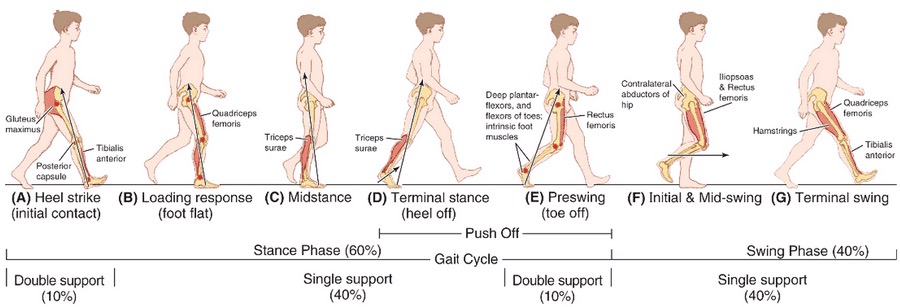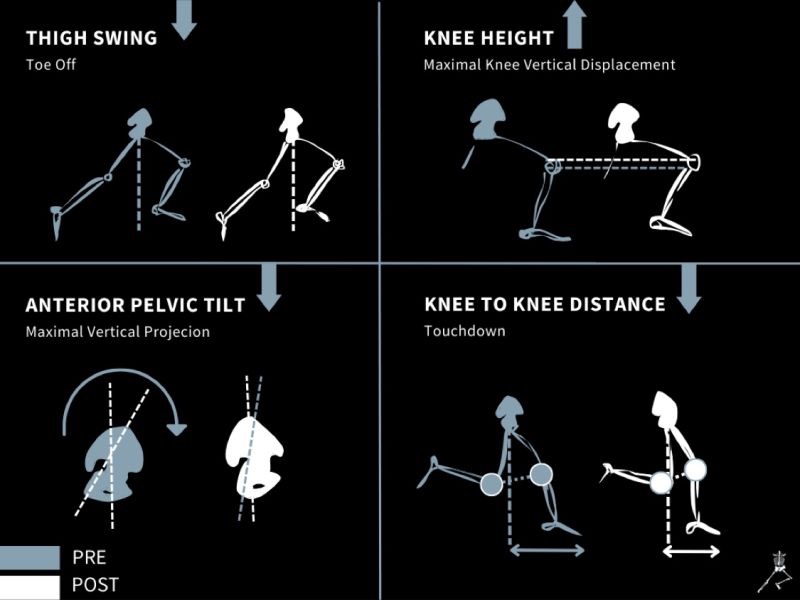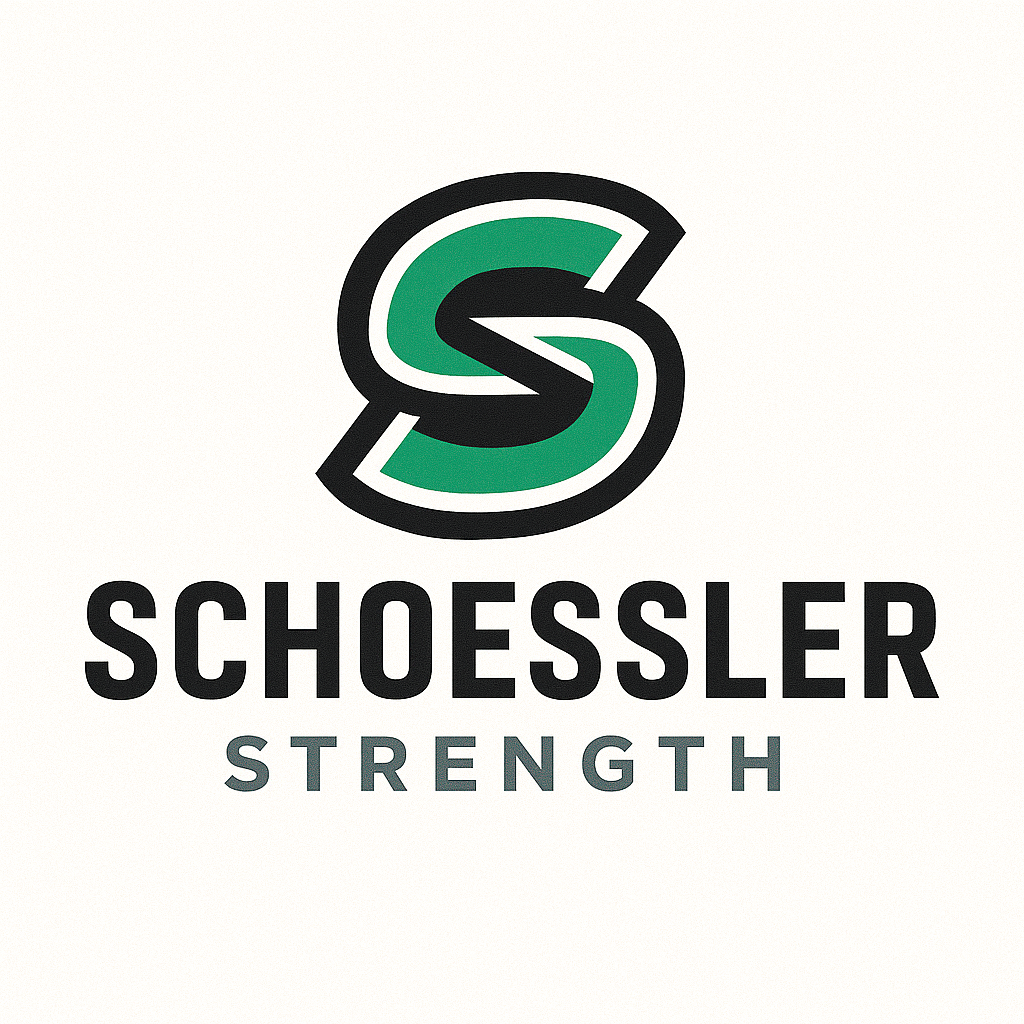When it comes to recurring hamstring strains, the real culprit often isn't the hamstring itself—it's what's happening at the pelvis. The pelvis is responsible for far more than simply connecting your upper and lower body; it functions as a strain regulator that directly influences how forces are distributed throughout your entire kinetic chain.
Understanding Anterior Pelvic Tilt (APT)
Anterior pelvic tilt occurs when the front of your pelvis drops down and the back tilts up. Think of it like a bowl tipping forward—the contents would spill out the front. In this position, your hip flexors shorten, your glutes become inhibited, and your hamstrings are placed in a lengthened, vulnerable position.
Here's what's crucial to understand: some degree of anterior pelvic tilt is completely normal and even necessary for optimal function. The problem arises when this tilt becomes excessive and rigid, creating a cascade of compensations throughout the body.
Why APT Can Increase Hamstring Strain Risk
When your pelvis is stuck in excessive anterior tilt, several things happen that put your hamstrings at risk:
Typically Tight/Overactive
- • Hip flexors (especially psoas)
- • Lumbar erectors
- • Rectus femoris
- • TFL (tensor fasciae latae)
Typically Weak/Inhibited
- • Glutes (especially glute max)
- • Deep core stabilizers
- • Posterior obliques
- • Hamstrings (in shortened ranges)
The hamstrings become chronically lengthened and have to work overtime to control hip flexion and provide posterior pelvic stability. It's like asking someone to hold a heavy weight with their arm fully extended versus close to their body—the lengthened position is inherently weaker and more prone to injury.
During sprinting, this becomes even more problematic. In the late swing phase of running, when the leg is preparing to make contact with the ground, the hamstrings must eccentrically control the rapid hip flexion and knee extension. With excessive APT, the hamstrings are already in a compromised, lengthened position before they even have to perform this demanding eccentric contraction. This is often when hamstring strains occur—during this late swing phase when the muscle is rapidly lengthening under load.

The complete gait cycle showing how muscles in the lower extremities work throughout each phase - APT disrupts this natural rhythm
APT, External Rotator Overactivity, and the Limb Arc Model
The relationship between APT and hamstring strains becomes even more complex when we consider the Postural Restoration Institute's (PRI) concepts, particularly the Left AIC (Anterior Interior Chain) pattern that most humans develop.
Due to our asymmetrical anatomy—having a liver on the right side, a larger right diaphragm, and typically being right-handed—we naturally develop compensatory patterns. The Left AIC pattern involves the left pelvis rotating forward and down (contributing to APT), the left femur internally rotating, and the left foot pronating. This creates a chain reaction where the right side compensates by becoming more externally rotated and extended.
In this pattern, the external rotators (particularly on the right side) become overactive as they try to stabilize against the internal rotation tendency. This overactivity can further contribute to APT by pulling the pelvis into extension and creating additional tension through the posterior hip capsule.

Sprint biomechanics showing the complex interplay of forces during high-speed movement
The Corrective Approach That Actually Works
Here's where most people get it wrong: they focus solely on "strengthening the glutes" or "stretching the hip flexors." While these aren't necessarily bad interventions, they miss the bigger picture of restoring proper pelvic position and teaching the body how to move from that position.
Step 1: Restore Pelvic Position
Before we can strengthen anything effectively, we need to teach the pelvis how to find and maintain a more neutral position. This involves:
- Inhibiting overactive hip flexors and lumbar erectors
- Activating the deep core system to provide anterior stability
- Teaching posterior pelvic tilt patterns
Step 2: Build Strength in the New Position
Once we can access a more neutral pelvic position, we need to build strength and endurance to maintain it. This is where targeted glute strengthening, core stabilization, and hamstring strengthening in functional ranges becomes crucial.
Example Corrective Sequence
Sample Corrective Drills:
- • Lat inhibition with hip shift (each side) - 5 breaths per side
- • Lateral lunge to row with alternating reach - 8-10 reps per side
- • 90/90 hip lift with IR focus - 5 breaths, 3-5 sets
These exercises work together to address the common compensations we see with APT while teaching the body how to function from a more optimal pelvic position.
The Performance Connection
Here's what I find fascinating: when we address APT properly, athletes don't just reduce their injury risk—they often see immediate improvements in performance. Better pelvic position means:
- More efficient force transfer between upper and lower body
- Improved glute activation and power production
- Better core stability and spinal positioning
- Enhanced movement quality in all planes of motion
It's important to note that some degree of APT is normal and even beneficial for certain athletic movements. The key is having the mobility and control to move in and out of these positions as needed, rather than being stuck in one pattern.
Final Thoughts
The relationship between anterior pelvic tilt and hamstring strains isn't just about tight hip flexors or weak glutes—it's about understanding how the pelvis functions as a strain regulator and addressing the entire kinetic chain.
When we take a comprehensive approach that addresses pelvic position, core stability, and movement patterns, we don't just prevent hamstring strains—we optimize the entire system for better performance and longevity.
It's also crucial to consider the specific sport an athlete plays and what might be contributing to their anterior pelvic tilt. In some cases, a degree of APT might actually be beneficial for their sport-specific movements. The key is determining whether the APT is serving them or limiting them, and whether they have the control to move out of that position when needed. Every assessment and intervention should be individualized based on the athlete's unique movement patterns, sport demands, and functional goals.
Bottom Line
Your pelvis is the foundation of athletic movement. When it's positioned and functioning optimally, everything else falls into place. When it's not, compensations ripple throughout the entire kinetic chain—and the hamstrings often pay the price.
References
1. Chumanov, E. S., Heiderscheit, B. C., & Thelen, D. G. (2007). The effect of speed and influence of individual muscles on hamstring mechanics during the swing phase of sprinting. Journal of Biomechanics, 40(16), 3555-3562.
2. Schache, A. G., Dorn, T. W., Blanch, P. D., Brown, N. A., & Pandy, M. G. (2012). Mechanics of the human hamstring muscles during sprinting. Medicine & Science in Sports & Exercise, 44(4), 647-658.

